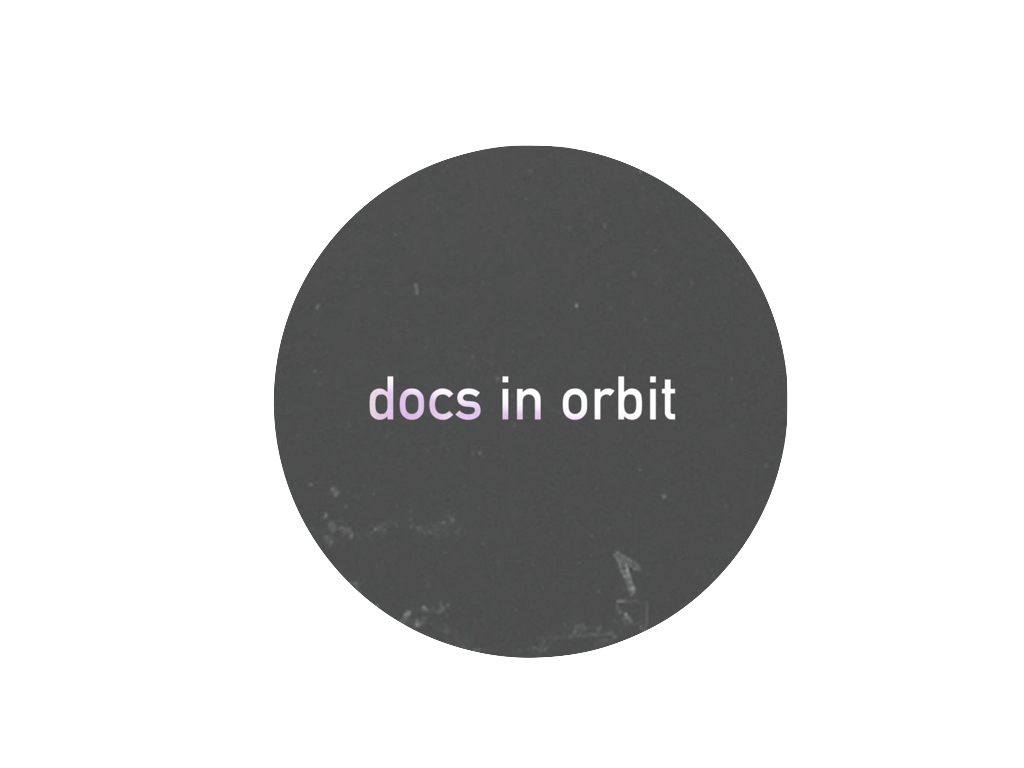
THE BORDERS OF THE CITY
Alyx Ayn Arumpac’s debut feature documentary film, ASWANG, takes us on a journey through the city of Manila, together with those who have been facing the consequences of President Rodrigo Duterte's war on drugs.
Review by Hernan Baron Camacho | 29 July, 2020 The Aswang moves through the city at night, almost invisible, it preys on the poor in the outskirts of Manila. The Aswang is as old as the city and slides around its borders, between the fancy buildings and the tin houses, setting apart the ones who deserve to live from those who don't.
At dawn, the bodies of its victims appear on the streets, some of them with their heads wrapped in packaging tape, others with cardboard signs stating: "don't copy me I'm a user." The blood is washed from the sidewalks as another day starts in the Philippines of Rodrigo Duterte.
Alyx Ayn Arumpac's debut feature documentary film ASWANG takes us on a journey through the city of Manila, together with those who have been facing the consequences of President Rodrigo Duterte's war on drugs.
“ASWANG is a rare film with unique access to a world that seems bizarre and apocalyptic.”
The film takes place mostly at night when the death squads encouraged by the policies of Duterte prowl in poor neighborhoods executing those suspected of dealing or of using drugs. But as the story progresses, the war on drugs starts revealing itself as a war on the poor.
The Aswang, an evil shapeshifter figure from Filipino Folklore that preys on humans, is poetically developed by Arumpac as the metaphor of the brutal violence unchained by Duterte. This violence doesn't discriminate between the drug users, the pushers, or the unwary pedestrians. Instead, it equalizes them for what they have in common; they are all poor.
From the slums, the film lets us contemplate the modern buildings that dominate the horizon of Manila, some of their white light seems to reach us like a distant dream we cannot touch.
In this dystopian landscape, entire communities live in cemeteries, suspected drug users piled in pet-sized cells in overcrowded prisons, secret rooms hidden in police stations where officers claim ransoms for prisoners, and children grow up surrounded by the trash that seems to come from those same shiny buildings in the center of the city.
In the outskirt's slums, humans become disposable as the tons of thin plastic wrap surround their lives.
ASWANG is a rare film with unique access to a world that seems bizarre and apocalyptic, distant, and maybe incomprehensible. A country somewhere in southeast Asia where the fascist measures of a populist regime have claimed more than 31,232 deaths, and yet still have 85 percent of widespread approval. This baffling support is grasped when one of the victims says, "I am for Duterte, but what they did to my brother was wrong."
What makes ASWANG even more urgent and disturbing of a film is realizing that what allows these murders to happen is the criminalization of the victims. Their identification as the problem of society and their extermination as the solution.
All of this transpires in the context of urban space, wherein the center, goods are consumed is separated from the periphery where their waste is exported. This separation leaves room to reflect on how certain political agendas in western societies tend to identify marginalized groups as the problem, the incoming enemy of society—developing a discourse that equates them with criminals, and thus making their disappearance a condition for our survival.
Being migrants, daring to cross the border between the center and the periphery, is the ultimate target of these policies. Perhaps the Aswang, the monster that inhabits the dark edges of the city, doesn't live as far away from us as we think.
Hernan Baron Camacho is originally from Colombia and currently a DocNomads Masters student. He has a background in communication studies and art research.
